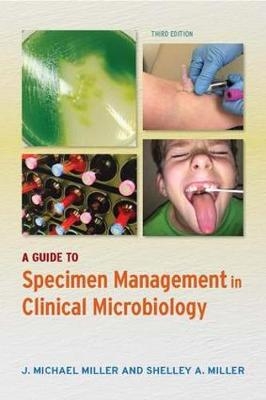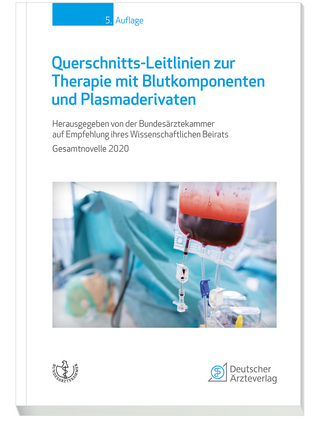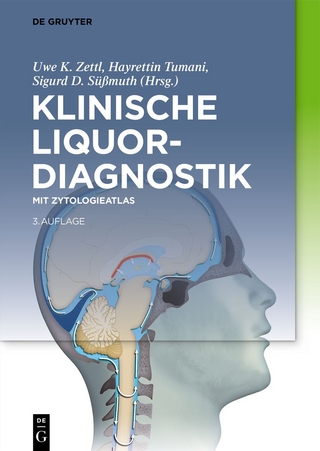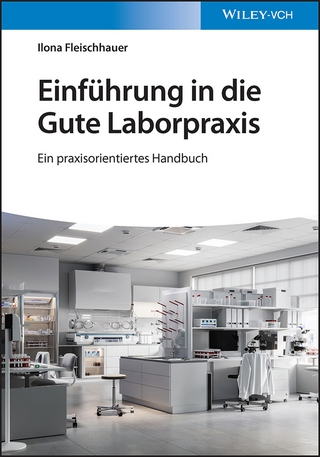
A Guide to Specimen Management in Clinical Microbiology
American Society for Microbiology (Verlag)
978-1-55581-961-3 (ISBN)
For these reasons, A Guide to Specimen Management in Clinical Microbiology is as essential as ever. The book is divided into four sections and features tips and words of wisdom that come directly from experts in the field.
Communicating laboratory needs explains to all members of the healthcare team what role the clinical microbiology laboratory plays in patient care. It also emphasizes that microbiology specimens contain living organisms that require proper handling to remain viable.
Specimen management policies and rationale provides a framework for creating a specimen management policy and a specimen collection and handling manual that, together, support good medicine and good laboratory practice.
Specimen collection and processing contains detailed protocols for selecting, collecting, storing, and transporting adult and pediatric specimens to the clinical microbiology laboratory. This section can serve as a model for preparation of the specimen management manual.
Specimen management summary tables are handy reference guides that provide answers to most questions regarding the laboratory needs for a wide variety of bacterial, viral, fungal, and parasitic organisms found in patient specimens.
Because patient care is a team effort, all members of the health care teamaEURO"physicians, nurses, nurse practitioners, physician assistants, specimen collectors, and laboratoriansaEURO"will benefit greatly from reading this book.
Preface
How To Use This Book
SECTION I
COMMUNICATING LABORATORY NEEDS
Basic Issues
Selecting a Representative Specimen
Requisitions
Specimen Packaging and Transport
Color-Coded Vacuum Tubes
Catheters Often Used in Medical Procedures
Specimen Priority
Specimen Rejection Criteria
Rejection Statements of Addenda to Laboratory Reports
Specialty Testing
Environmental Samples
Hand Wash Specimens
Laboratory Reports
SECTION II
SPECIMEN MANAGEMENT POLICIES AND RATIONALE
Collection Times
Collection Procedures
Specimen Transport
Specimen Processing: General
Specimen Processing: Molecular
Lower Respiratory Tract Specimens
Urine Specimens
Wound Specimens
Spinal Fluid Specimens
Throat and Nasopharyngeal Specimens
Vaginal and Endometrial Specimens
Miscellaneous Specimens
SECTION III
SPECIMEN COLLECTION AND PROCESSING
Body Fluid Specimens
Abdominal-Peritoneal Fluid (Paracentesis, Ascites)
Blood Specimens
Cerebrospinal Fluid
Pleural-Thoracentesis Fluid
Gastrointestinal Specimens
Duodenal Contents
Gastric Contents
Pinworm Eggs Collected by Adhesive Tape Preparation
Rectal and Anal Swab Specimens
Sigmoidoscopy Specimens for Amebiasis
Stool or Feces for Culture or Parasitology Studies
Stool Specimen Collection Directions
Genital Specimens
General Information
Cervical or Endocervical Specimens
Genital Smears for Herpes
Urethral and Penile Specimens
Respiratory Specimens
General Information
Bronchoscopy-Bronchial Washing
Nasal Specimens
Nasopharyngeal Specimens
Sputum
Tracheal Aspirate
Transtracheal Aspirate
Throat Specimens
Urine Specimens
General Information
Urine from Catheters
Clean-Catch Urine
Cytoscopic Specimens: Bilateral Urethral Catheterization
Suprapubic Aspirate for Urine Cultures
Urine Specimens: Bladder Washout
Urine Specimens: Ileal Conduit
Viruses, Chlamydiae, Rickettsiae, and Fungi
Chlamydia Culture
Specimens for Mycoplasma and Ureaplasma spp.
Fungal Specimens
Rickettsial Specimens
Viral Specimens
Wound Specimens
General Information
Ear (Otitis Media) Specimens
Eye Specimens
Skin and Contiguous Tissue Specimens
SECTION IV
SPECIMEN MANAGEMENT SUMMARY TABLES
Bacteriology and Mycology Specimen Collection Guidelines
Specimen Management for Infrequently Encountered Organisms
Specimen Guide for Virus Isolation
Virology Specimen Collection Guidelines
Parasitology: Anatomic Sites Containing Diagnostic Stages
Parasitology Specimen Collection Guidelines
References
Index
| Erscheinungsdatum | 23.06.2017 |
|---|---|
| Reihe/Serie | ASM Books |
| Sprache | englisch |
| Maße | 152 x 226 mm |
| Gewicht | 363 g |
| Themenwelt | Medizin / Pharmazie ► Medizinische Fachgebiete ► Laboratoriumsmedizin |
| Naturwissenschaften ► Biologie ► Genetik / Molekularbiologie | |
| ISBN-10 | 1-55581-961-3 / 1555819613 |
| ISBN-13 | 978-1-55581-961-3 / 9781555819613 |
| Zustand | Neuware |
| Informationen gemäß Produktsicherheitsverordnung (GPSR) | |
| Haben Sie eine Frage zum Produkt? |
aus dem Bereich


